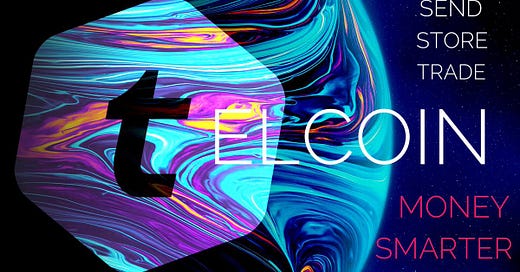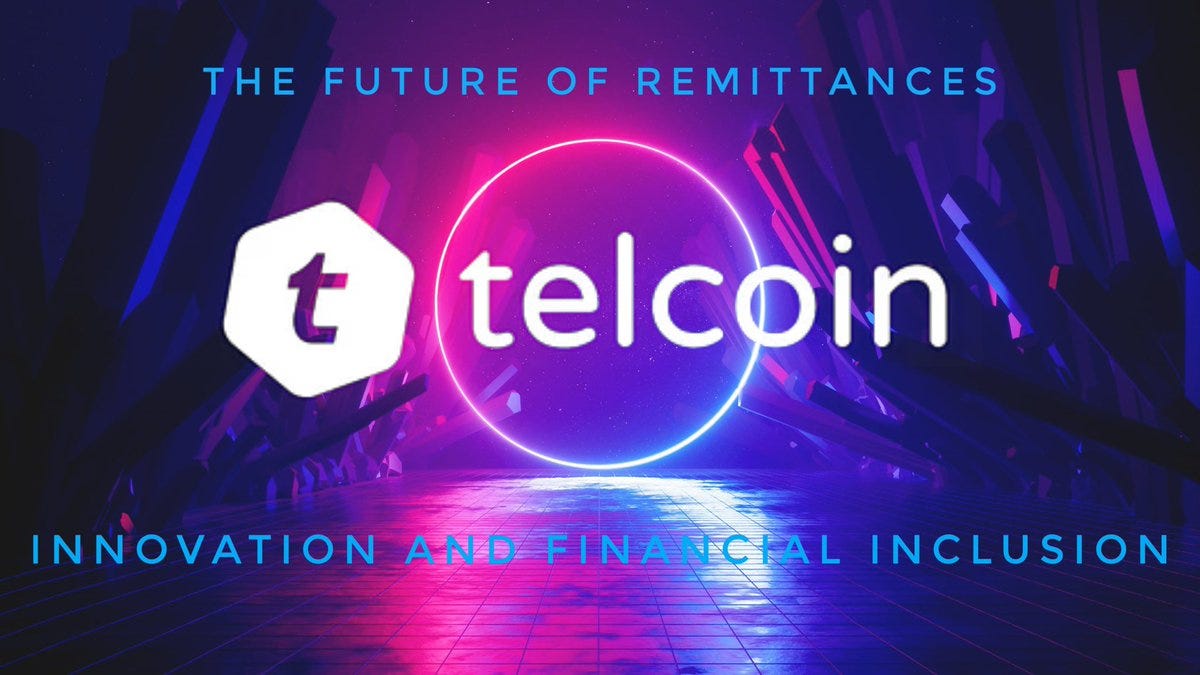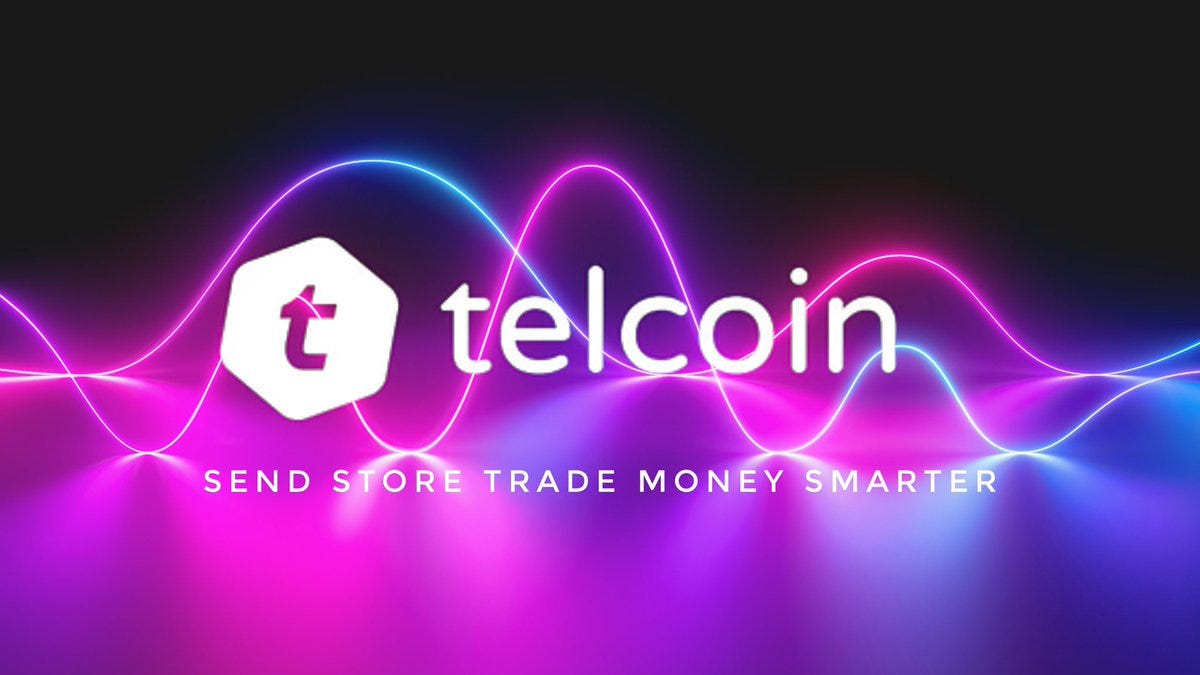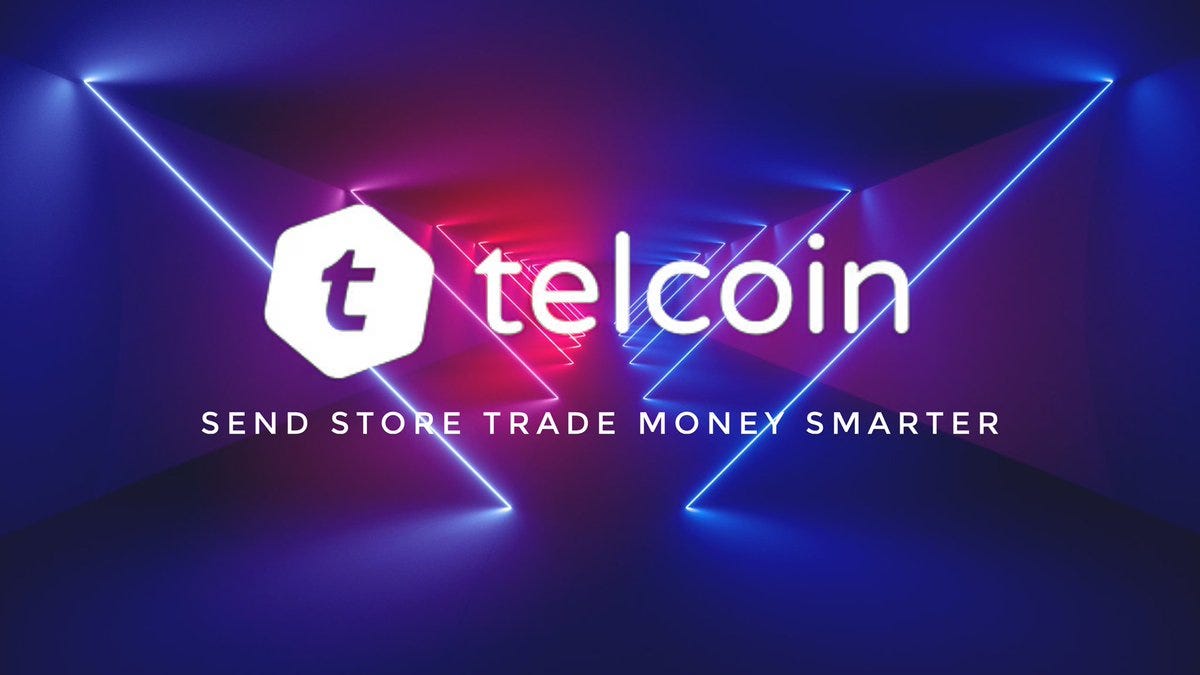It's week 3 of Q2. There have been some exciting developments at Telcoin in the last three and a half months of 2022. However, there is a sense that some in the community are not satisfied with these developments. In particular, some community members remain frustrated by what they perceive as a lack of marketing, delays in product release and the release of a product that has glitches. It is not my place to debate against or in favour of these views. Instead I’ll reflect on what I have read and observed.
With Telcoin choosing not to communicate its roadmap, it remains to the community to reflect on Q1 and speculate what might happen in Q2 and beyond. At the beginning of Q1, I suggested that Telcoin had three primary goals for 2022, i.e., a) global expansion, b) integration of platforms, and c) revenue generation. This suggestion was based on recent Community Updates. Naturally, the question in my mind, and perhaps every readers’, is: what progress has been made in meeting these goals. In the current Issue, I reflect on the first two, leaving revenue generation for the next Issue.
a) The bottleneck
In November 2021, Paul Neuner, CEO at Telcoin, suggested through Community Updates Volume 6 that the technical side of the business had “been the bottleneck." This followed what appeared to be delays in the release of V3, which had been introduced on June 30, 2021. V3 was eventually released on November 03, 2021 – some four months after its introduction. Perhaps Mr. Neuner’s assessment was correct – there had been a bottleneck on the tech side. Merriam-Webster defines a bottleneck as “someone or something that retards or halts free movement and progress." It follows, therefore, that Mr. Neuner would not have been too happy with the bottleneck he referred to because it would likely affect the progress of various other developments in the business. On top of the list would be the three primary goals set for the year, namely, global expansion, integration of platforms, and revenue generation. Essentially, “the Telcoin App is (the) mobile access point to the entire suite of user-owned Telcoin products." For this reason, any delays in the development of the “access point to the entire suite” have serious implications for the entire business. It would have been imperative that whatever was causing the bottleneck be resolved to allow the project much-needed progress.
b) Global expansion
While there may have been challenges in tech development, Telcoin has made significant strides in its quest for global expansion. Strides we rarely appreciate. As indicated in our Newsletter Issue 7, there is evidence that Telcoin “has at least 12 active and 5 pending Trademarks for Telcoin in at least 15 countries. We also found an International Trademark for Telcoin, which protects the trademark under the Madrid Protocol in at least 32 countries. The International Trademark also reflected a designation "OA," which is the OAPI. This means Telcoin is trademarked through the OAPI in at least 17 signatory countries. We believe that Telcoin Pte. Ltd. has a trademark for Telcoin in over 60 countries, including South Africa, Mexico, and Japan. Given that most of these trademarks were applied for in 2018, we believe that Telcoin may well be far down the road of applying as a foreign company in these countries and a financial services provider.” It is common knowledge that Telcoin already has active remittance services from the US and Canada to 16 countries, as announced on December 17, 2021.
But is this enough?
Perhaps the answer to this question lies in what Telcoin stated in its Community Update 7. Notably, Telcoin suggested that "a year in crypto can feel like multiple years compared to traditional markets... The fast-paced nature of the industry demands that projects with any dream of longevity stay on top of the ever-evolving regulatory landscape while also relentlessly shipping products that capture the best of what the burgeoning blockchain ecosystem has to offer.” I remember reading this statement wondering what exactly are they saying? Reflecting on the developments of Q1 concerning global expansion, I am left with this question: Is Telcoin keeping up with the “fast-paced nature of the industry demands”? I don't know, and I am not one to compare Telcoin with other industry players; instead, I'll leave you to ponder this question: has Telcoin done enough in Q1 to realize its global expansion goals as suggested in November 2021?
Perhaps there is another way to view global expansion, which relies on what Telcoin communicated. In this regard, Mr. Neuner suggested they were "preparing for global expansion by rapidly maturing (their) global operations and compliance teams and systems.” This would take place following the release of V3.0. Let’s zoom in on this point.
“Rapidly maturing global operations and compliance teams and systems."
Based on the above statement, it is apparent that the primary strategy to the global expansion program is to grow/mature the operations and compliance teams and establish systems that would support such global expansion. Obviously, I cannot assess the extent to which systems have been established as this would be confidential information. However, we can explore the "maturity" and "growth" of the operations and compliance teams. For example, since November, Telcoin announced the recruitment of at least 14 senior personnel in various operations and compliance portfolios. These are:
David Stuart, as VP of Operations based in the UK
Natsumi Bolton, as Japan Country Manager and Asia Regional Operations Manager
Sara Chia as Head of Compliance in Singapore
Ziggy Nunez, based in Norfolk, as Director of Compliance and Risk Management for the US and Latin America
John Hobbs in Norfolk, serving as global HR manager
Renalyn Dario as Compliance Officer in the Philippines
Rizza Mae Ordonio, based in the Philippines, is Finance Operations Manager
Rajesh Sabari as Chief Commercial Officer
Tim Mahota as Chief Compliance Officer
Margarita Lazo in the Philippines as Customer Support Manager
Kit Nicho in Tokyo as Content Marketing and Community Manager
Julien Ghossoub, based in Dubai, as Regional Sales Manager for Europe, Middle East, and Africa
Ricardo Pires, based in London, is Commercial Lead for Europe and Africa
Stephanie DaSilva joined Telcoin's Compliance and Legal team as Director of AML/KYC and Global MLRO
While I am not privy to the ins and outs, I believe that these individuals were mandated with setting up teams and systems related to operations and compliance. Therefore, it is my considered view that Telcoin has and continues to "rapidly mature its global operations and compliance teams and systems.” The outcome of these processes will be realized in due course.
c) Product development
The second point I suggested to be priority in 2022 is product development through the integration of platforms. In noting the bottleneck problem, Mr. Neuner stated that “from January 2022 forward (e.g., V3.2+), we expect to have a version of the product that will be primed and ready for greatly increased marketing and deeper global scalability.” Let’s zoom in on this as well. As mentioned earlier, the product referred to here is Telcoin V3, the Telcoin app.
The Telcoin app has seen two major upgrades following its launch in November 2021, i.e., V3.1, and V3.2. Perhaps let's track back a little bit. V3.0 introduced an upgrade that allowed “users to migrate their funds from the Ethereum mainnet to Polygon, an Ethereum-aligned layer 2 network. This upgrade enabled the creation of secure, multi-signature Polygon wallets”. V3.0 was also “scalable to everyone in the world who wants to access fast and affordable, user-owned financial products.” In February 2022, Telcoin upgraded its V3.0 to 3.1, “introducing DeFi crypto trading for a limited number of assets.” The team referred to V3.1 as “the second of (their) major upgrades that required significant under-the-hood tooling to make a reality in a secure and scalable manner." More recently, on April 14, 2022, V3.2 was released. V3.2 allows “users in the United States to cash into USDC with a connected bank account. This new on-ramp to the popular stablecoin, which is pegged 1:1 to the price of the US dollar, makes it possible for users to seamlessly cash in and trade USDC for TEL and 12 other supported digital assets across DeFi protocols.”
You may be wondering why I am taking you through what has happened with V3.0 to V3.2. Here is the reason: we need to assess Telcoin’s progress according to their promise. In November, Mr. Neuner said they were working on "a version of the product that will be primed and ready for greatly increased marketing and deeper global scalability.” He also gave us an insight into how progress would be, stating that they would adhere to their “philosophy of frequent smaller release cadences." In this regard, it seems normal that progress from V3.0 to V3.2 has been in steady. It appears to me that the current version is not the final product. Instead, it is a precursor of something much bigger. I anticipate that in the coming months, we will be introduced to a product which has the following characteristics:
It will allow DeFi crypto trading for a significantly higher number of assets;
It will have FIAT on- and off-ramp allowing customers around the globe to cash in different stablecoins through their banking accounts;
It will integrate multiple remittance corridors, including USA and Canada to Mexico and the rest of South America as well as Singapore and Australia to Southeast Asia; and,
It will allow users to access TELx via the Telcoin App.
I believe that the current product is primed for the above developments. In my view, Telcoin has successfully produced a product ready for global scalability, both in terms of adoption and functionality. Yes, the product is not perfect. Yes, currently, only a handful of assets can be traded on V3.2. Yes, only US users can cash into USDC with a connected bank account. But, there is a product ready for deeper global scalability as promised. There is a prototype if you will.
As a matter of fact, on November 11, 2021, Telcoin stated that “Sometime after we've scaled wallet creation to all eligible new users who want one, we will offer direct bank to stablecoin cash-in (for users in the United States), TELxchange swaps for all users, and Send Money Smarter remittances in supported geographies. These functions will all be powered by the TELx liquidity engine.” They have done all of that.
Bottom line
Based on the above discourse, I am relatively comfortable that the team and the project are on track. Remember, the “North Star milestone is to have our full V3.2+ offering, with crypto rails in/out of stablecoins and DeFi trading up and running on both sides of a couple of major remittance corridors." In my humble opinion, the North Star is starting to shine brightly.
Do you know what's next? Mr. Neuner said, “at this point, we will have proven end-to-end our model of digital remittance powered by decentralized, self-custodial, user-made markets. Then we simply scale the disruption." My friend, that end-to-end model of digital remittance powered by decentralized, self-custodial, user-made markets has been developed. It’s time to scale the disruption. Hold.
Disclaimer
The information and content (collectively 'information') provided herein are general information. The author does not guarantee the suitability or potential value of any information or particular investment source. Any information herein is not intended, nor does it constitute financial, tax, legal, investment, or other advice. The author has no affiliation with Telcoin, or other persons or companies referred to in this article. The information on this article is based on the sources used.
All graphics used were developed and shared by @DWB124.









Another great read, thanks brother 🤜🏻🤛🏻
Amazing article again 👑